Home>Gardening & Outdoor>Landscaping Ideas>How Long After Fertilizing To Cut Grass
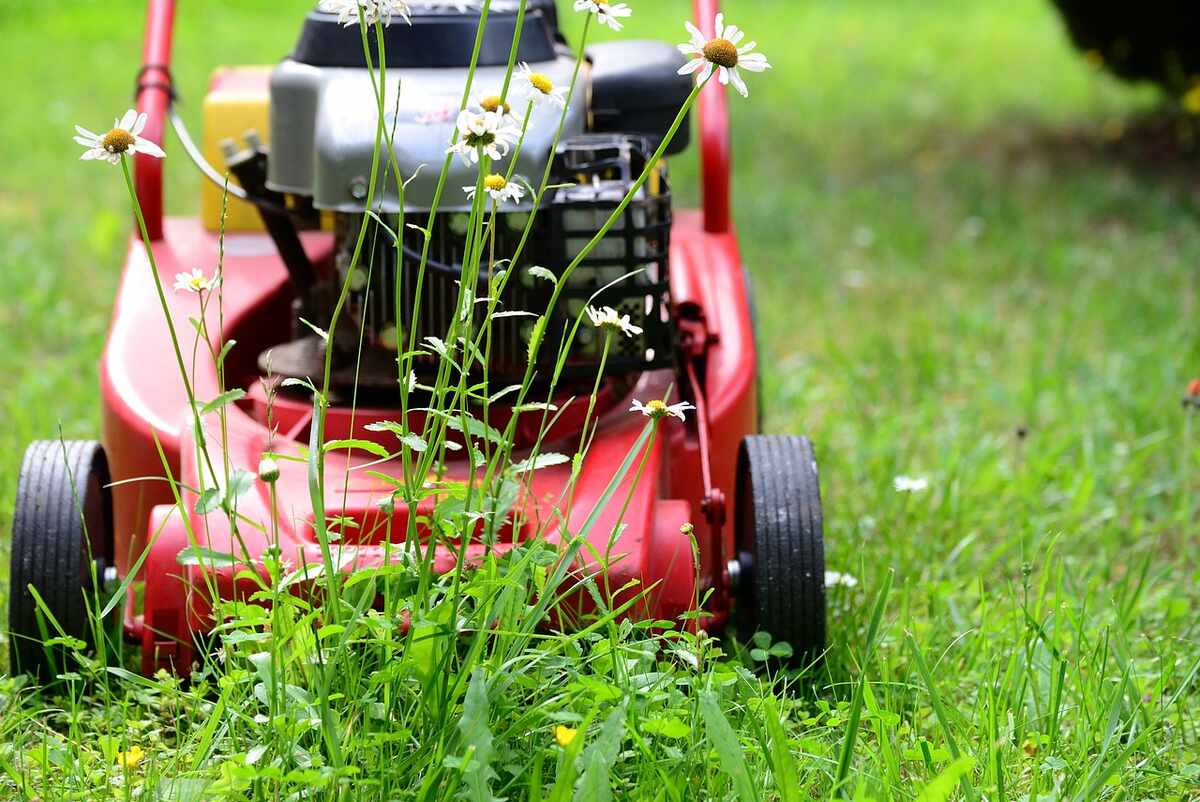

Landscaping Ideas
How Long After Fertilizing To Cut Grass
Modified: January 28, 2024
Learn the best landscaping ideas for maintaining your lawn after fertilizing. Find out how long to wait before cutting the grass for optimal results.
(Many of the links in this article redirect to a specific reviewed product. Your purchase of these products through affiliate links helps to generate commission for Storables.com, at no extra cost. Learn more)
Understanding the Importance of Timing After Fertilizing Your Lawn
Fertilizing your lawn is a crucial step in maintaining its health and vibrancy. However, the timing of lawn care tasks, such as mowing, after fertilization is equally important. The period immediately following fertilization is a critical phase in the growth and development of your grass. It's a time when the grass is absorbing nutrients and using them to grow and strengthen. Therefore, knowing how long to wait after fertilizing before cutting the grass is essential for the overall well-being of your lawn.
In this article, we will delve into the intricacies of fertilization and grass growth, explore the factors that influence the timing of grass cutting after fertilization, and provide recommendations and best practices to ensure that your lawn remains healthy and lush. Understanding the relationship between fertilization and grass cutting timing will empower you to make informed decisions and take the best possible care of your lawn.
So, let's embark on this journey to uncover the optimal timing for cutting your grass after fertilizing, and equip ourselves with the knowledge to nurture a thriving and verdant lawn.
Key Takeaways:
- Wait 2-4 days to mow after fast-release fertilizer, and 5-7 days after slow-release. Consider grass growth, weather, and health for optimal timing.
- Follow best practices like adjusting mower height and using sharp blades to maintain a healthy, vibrant lawn after fertilizing.
Understanding Fertilization and Grass Growth
Before delving into the timing of cutting grass after fertilization, it’s essential to comprehend the role of fertilization in the growth and development of your lawn. Fertilizers provide essential nutrients that support the overall health and vigor of the grass, promoting lush greenery and resilience against environmental stressors.
Grass, like all plants, requires a combination of key nutrients to thrive. These include nitrogen, phosphorus, and potassium, among others. Fertilizers are formulated to supply these nutrients in a form that is readily available to the grass, ensuring optimal uptake and utilization.
When you apply fertilizer to your lawn, the grass undergoes a period of accelerated growth and increased metabolic activity. This phase is characterized by heightened nutrient absorption and utilization, as the grass utilizes the added nutrients to bolster its structure and fortify its defenses. Additionally, fertilization encourages root development, which is vital for the long-term health and sustainability of the grass.
It’s important to note that the timing of fertilization is crucial. Applying fertilizer at the right time ensures that the grass receives the nutrients when it needs them most, aligning with its natural growth cycles. This strategic timing maximizes the impact of the fertilizer, fostering robust growth and a resilient turf.
By understanding the intricate interplay between fertilization and grass growth, you can appreciate the significance of allowing the grass adequate time to absorb and benefit from the added nutrients before subjecting it to the stress of mowing. This understanding forms the foundation for determining the optimal wait time before cutting the grass after fertilization.
Factors Affecting Grass Cutting Timing After Fertilization
Several factors come into play when determining the ideal timing for cutting grass after fertilization. Understanding these factors is crucial for making informed decisions that promote the health and vitality of your lawn.
- Type of Fertilizer: Different fertilizers are designed for specific release patterns. Fast-release fertilizers provide an immediate nutrient boost, prompting rapid grass growth. In contrast, slow-release fertilizers deliver nutrients gradually over an extended period, promoting sustained and steady growth. The type of fertilizer used influences how long you should wait before mowing the grass.
- Grass Growth Rate: The species of grass in your lawn and its inherent growth rate are key considerations. Some grass varieties exhibit rapid growth, while others have a more moderate growth pattern. Understanding the growth characteristics of your grass enables you to gauge how quickly it will respond to fertilization and when it will be ready for mowing.
- Weather Conditions: Weather plays a significant role in the post-fertilization growth of the grass. Moisture levels, temperature, and sunlight all impact the grass’s ability to absorb nutrients and utilize them for growth. After fertilization, favorable weather conditions can expedite the grass’s response to the added nutrients, influencing the optimal timing for mowing.
- Fertilizer Application Rate: The amount of fertilizer applied per square foot of lawn area affects the intensity of the grass’s growth response. Higher application rates may necessitate a longer waiting period before mowing, allowing the grass to fully benefit from the increased nutrient availability.
- Overall Lawn Health: The general health and condition of your lawn are important factors to consider. If your lawn is already robust and thriving, it may respond more quickly to fertilization, potentially shortening the wait time before mowing. Conversely, a lawn that is stressed or in poor condition may require additional time for the grass to absorb the nutrients and regain vigor.
By taking these factors into account, you can tailor your approach to cutting the grass after fertilization, ensuring that it aligns with the specific needs and dynamics of your lawn. This personalized approach optimizes the benefits of fertilization while safeguarding the well-being of your grass.
Wait at least 24-48 hours after fertilizing before cutting your grass. This allows the fertilizer to be absorbed and reduces the risk of it being removed with the clippings.
Recommended Wait Time Before Cutting Grass After Fertilizing
The ideal wait time before cutting grass after fertilizing is influenced by a combination of factors, including the type of fertilizer used, grass growth rate, weather conditions, fertilizer application rate, and overall lawn health. While there is no one-size-fits-all answer, general guidelines can help you determine an appropriate waiting period before mowing your lawn post-fertilization.
For lawns treated with fast-release fertilizers, it is advisable to wait approximately 2 to 4 days before mowing. Fast-release fertilizers provide an immediate nutrient surge, stimulating rapid grass growth. Allowing a brief interval before mowing enables the grass to absorb the nutrients and initiate robust growth, ensuring that the mowing process does not impede this critical phase of nutrient uptake.
On the other hand, lawns fertilized with slow-release fertilizers benefit from a longer waiting period before cutting the grass. Due to the gradual nutrient release provided by these fertilizers, it is recommended to wait 5 to 7 days before mowing. This extended interval allows the grass to capitalize on the sustained nutrient supply, promoting steady and consistent growth without the disruption of premature mowing.
It’s important to monitor the grass’s response to fertilization and consider the prevailing weather conditions when determining the optimal wait time. If the grass exhibits vigorous growth and appears lush and healthy, it may indicate that it has effectively utilized the added nutrients, signaling that it is ready for mowing. Conversely, if the weather is particularly hot and dry, or if heavy rainfall occurs shortly after fertilization, adjustments to the waiting period may be necessary to accommodate the grass’s unique circumstances.
Ultimately, observing the grass’s growth patterns and responding to its needs is key to determining the recommended wait time before cutting the grass after fertilizing. By striking a balance between nutrient absorption, growth stimulation, and favorable weather conditions, you can ensure that your lawn receives the full benefits of fertilization before undergoing the stress of mowing, fostering a resilient and vibrant turf.
Best Practices for Cutting Grass After Fertilizing
When the time comes to mow your lawn after fertilizing, employing best practices ensures that the grass remains healthy and continues to thrive. By following these guidelines, you can optimize the results of your lawn care efforts and maintain a lush and vibrant turf.
- Adjust Mower Height: Set your mower to a higher cutting height for the first mowing after fertilizing. This prevents the grass from being cut too short, which can stress the plants and impede their ability to photosynthesize effectively.
- Use Sharp Blades: Ensure that your mower blades are sharp. Dull blades can tear the grass, leading to a ragged and uneven cut. Clean, sharp blades make cleaner cuts, promoting healthier grass and reducing the risk of disease entry points.
- Mow When Dry: Aim to mow the lawn when the grass is dry. Wet grass can clump together and create an uneven cut, potentially smothering the turf beneath the clippings. Additionally, mowing wet grass can result in a less precise cut, impacting the grass’s overall health.
- Collect Grass Clippings: Consider collecting grass clippings, especially after fertilizing. This prevents the clippings from smothering the grass and allows for better nutrient distribution across the lawn. If your mower has a mulching function, ensure that it is operating effectively to finely chop the clippings for efficient decomposition.
- Alternate Mowing Patterns: Vary your mowing direction with each mow. This prevents the grass from developing a grain and encourages upright growth. Alternating patterns also reduces soil compaction and promotes a more even cut.
- Observe Safety Precautions: Prioritize safety when mowing the lawn. Wear appropriate footwear, eye protection, and hearing protection if necessary. Clear the mowing area of any obstacles and be mindful of potential hazards to ensure a safe and efficient mowing process.
By adhering to these best practices, you can ensure that the post-fertilization mowing process supports the health and vitality of your lawn. Implementing these guidelines promotes optimal grass growth, enhances the aesthetic appeal of your lawn, and contributes to a thriving outdoor environment for you and your family to enjoy.
Read more: When To Cut Grass After Fertilizing
Conclusion
Understanding the intricacies of fertilization and grass cutting timing is pivotal in nurturing a healthy and vibrant lawn. By recognizing the symbiotic relationship between fertilization and grass growth, you can make informed decisions that benefit the long-term well-being of your lawn.
Factors such as the type of fertilizer used, grass growth rate, weather conditions, fertilizer application rate, and overall lawn health all play a role in determining the optimal timing for cutting grass after fertilization. By considering these factors and observing the grass’s response to fertilization, you can tailor your approach to mowing, ensuring that it aligns with the specific needs of your lawn.
Adhering to recommended wait times before cutting the grass after fertilizing, based on the type of fertilizer applied and the grass’s growth patterns, allows the grass to fully benefit from the added nutrients, promoting robust and sustained growth. Additionally, implementing best practices when mowing the lawn post-fertilization, such as adjusting mower height, using sharp blades, and collecting grass clippings, supports the health and aesthetics of the grass, contributing to a thriving outdoor space.
Ultimately, the careful orchestration of fertilization and grass cutting timing fosters a resilient and verdant lawn, enhancing the beauty of your outdoor environment and providing a welcoming space for recreational activities and relaxation. By integrating these principles into your lawn care routine, you can cultivate a lush and inviting landscape that enriches your home and enriches your life.
So, as you embark on the journey of tending to your lawn, remember that the harmonious interplay of fertilization and grass cutting timing is a cornerstone of successful lawn care, laying the groundwork for a flourishing and picturesque outdoor haven.
Frequently Asked Questions about How Long After Fertilizing To Cut Grass
Was this page helpful?
At Storables.com, we guarantee accurate and reliable information. Our content, validated by Expert Board Contributors, is crafted following stringent Editorial Policies. We're committed to providing you with well-researched, expert-backed insights for all your informational needs.
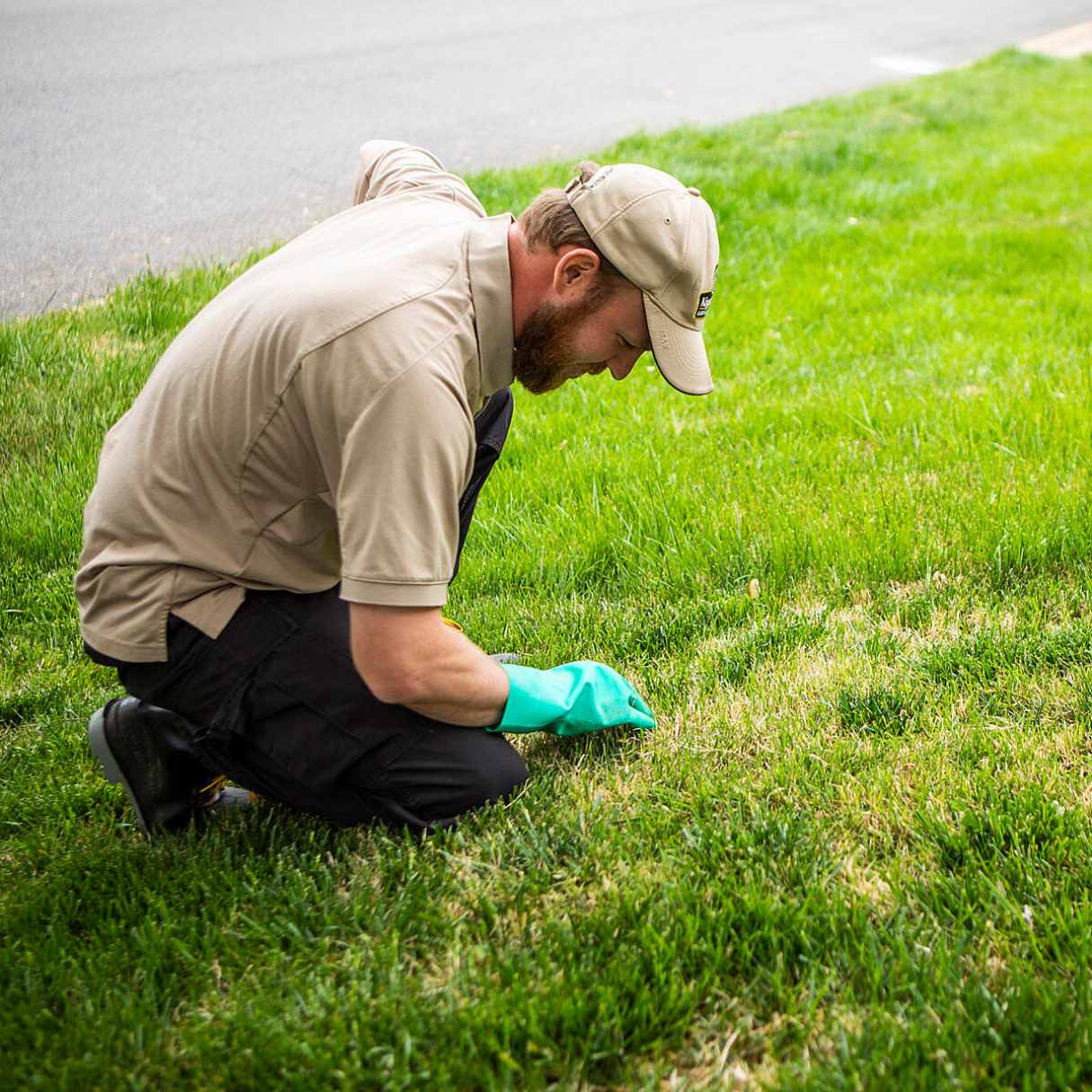
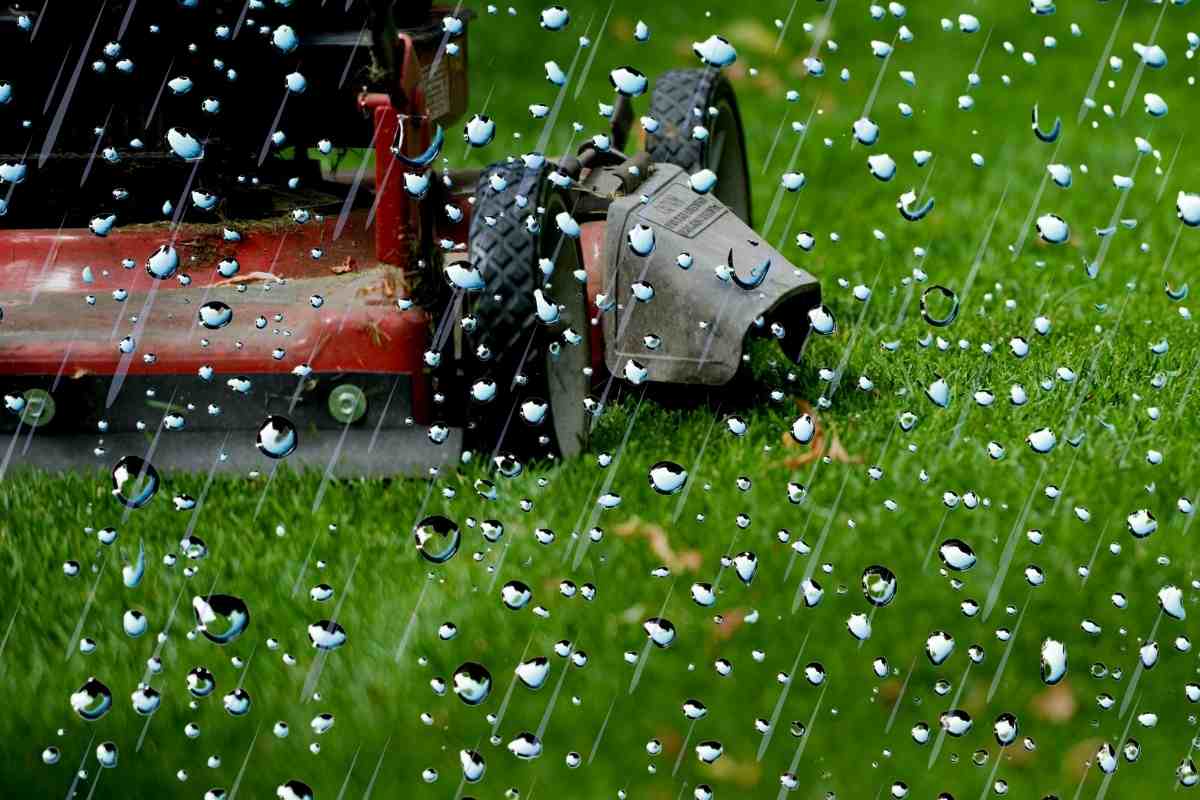
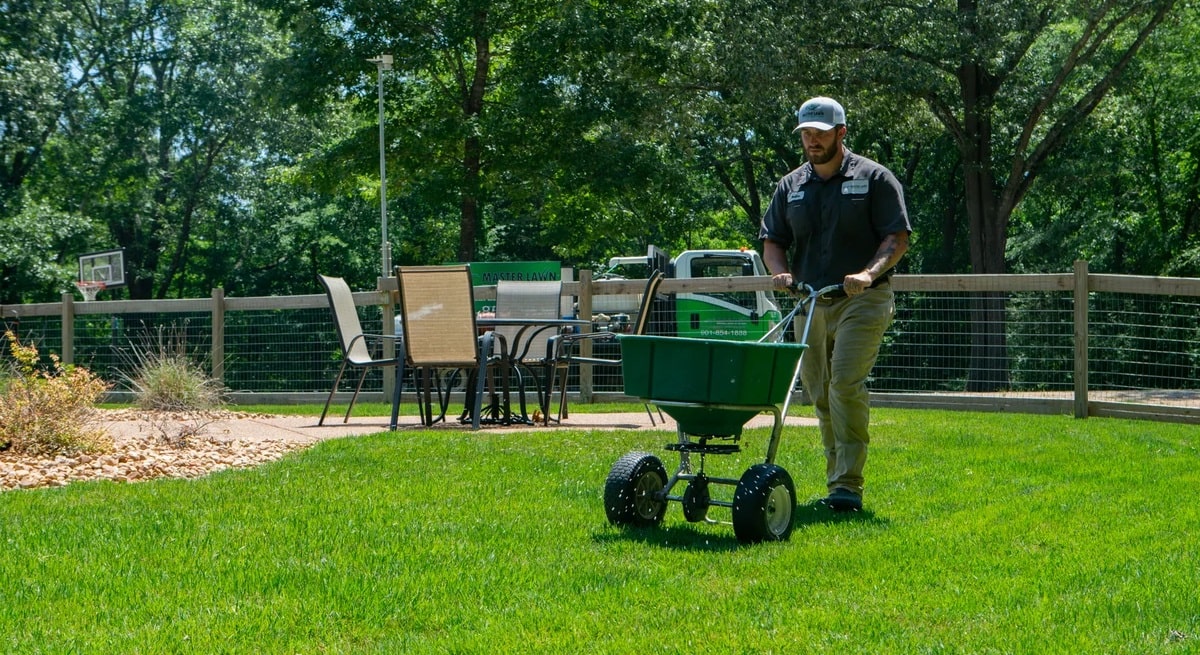
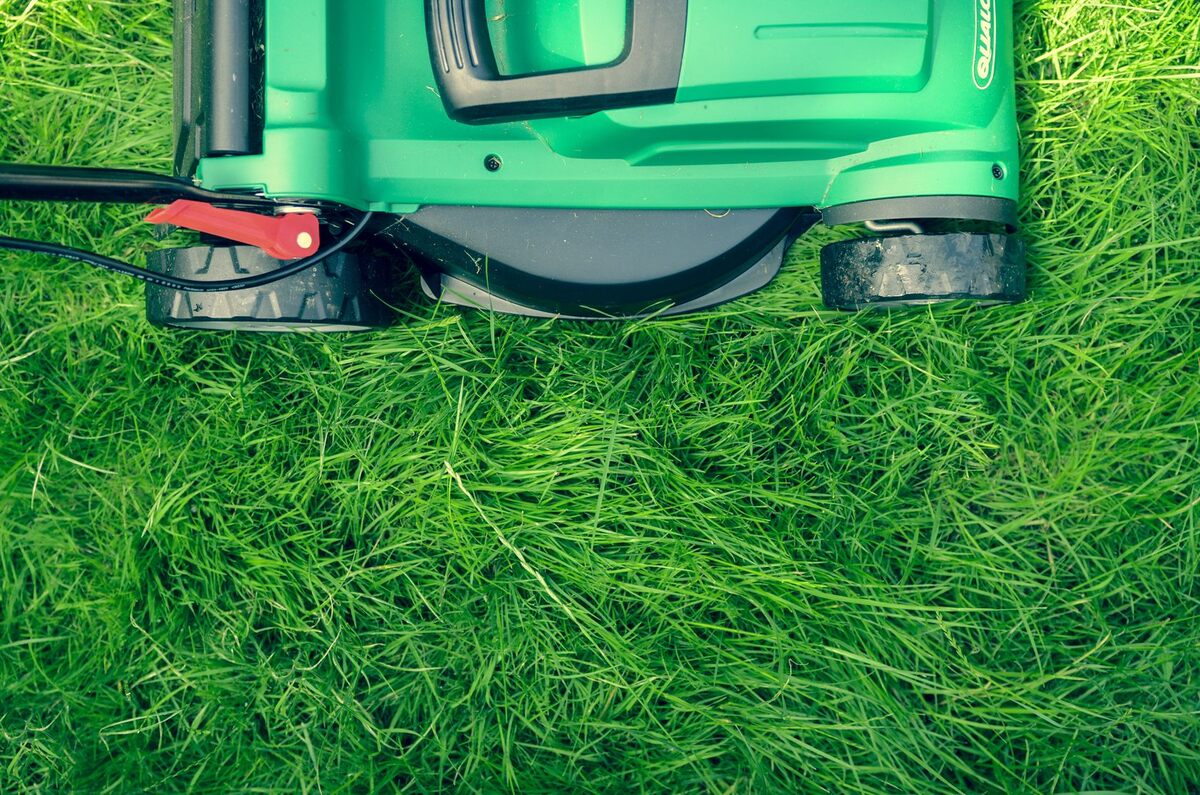
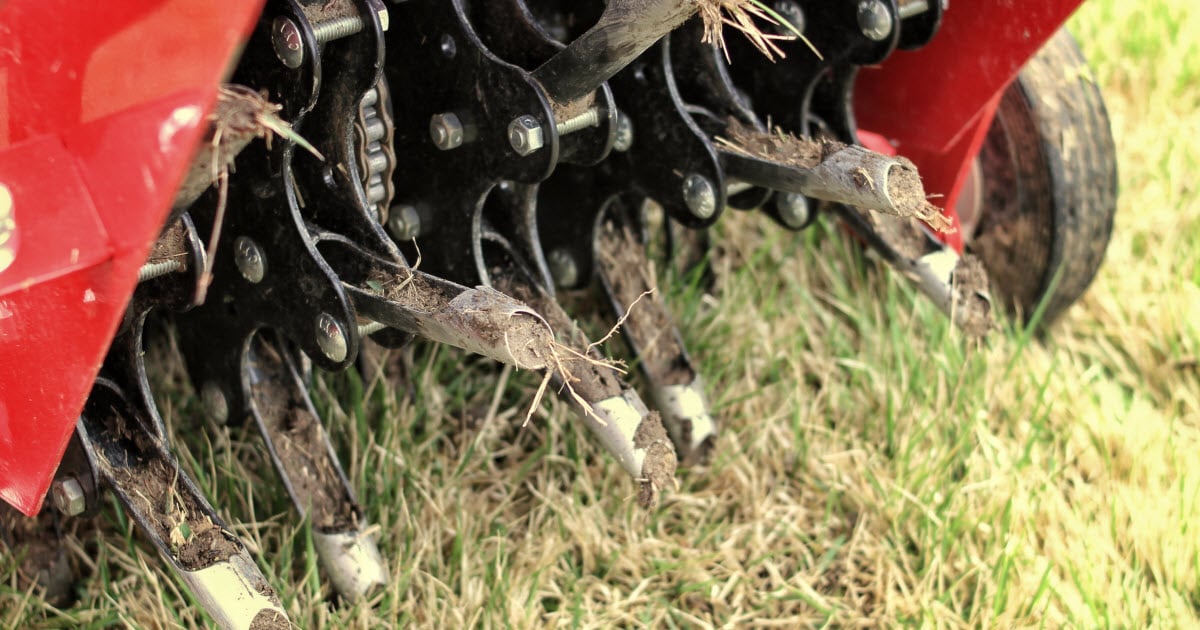
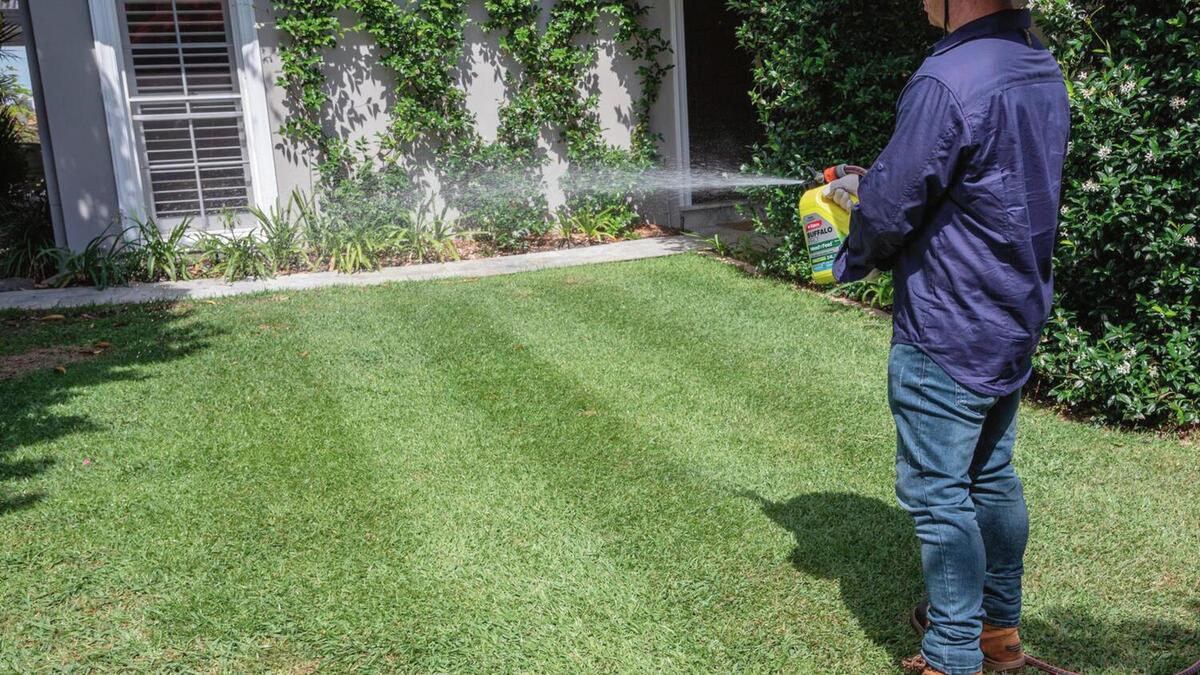

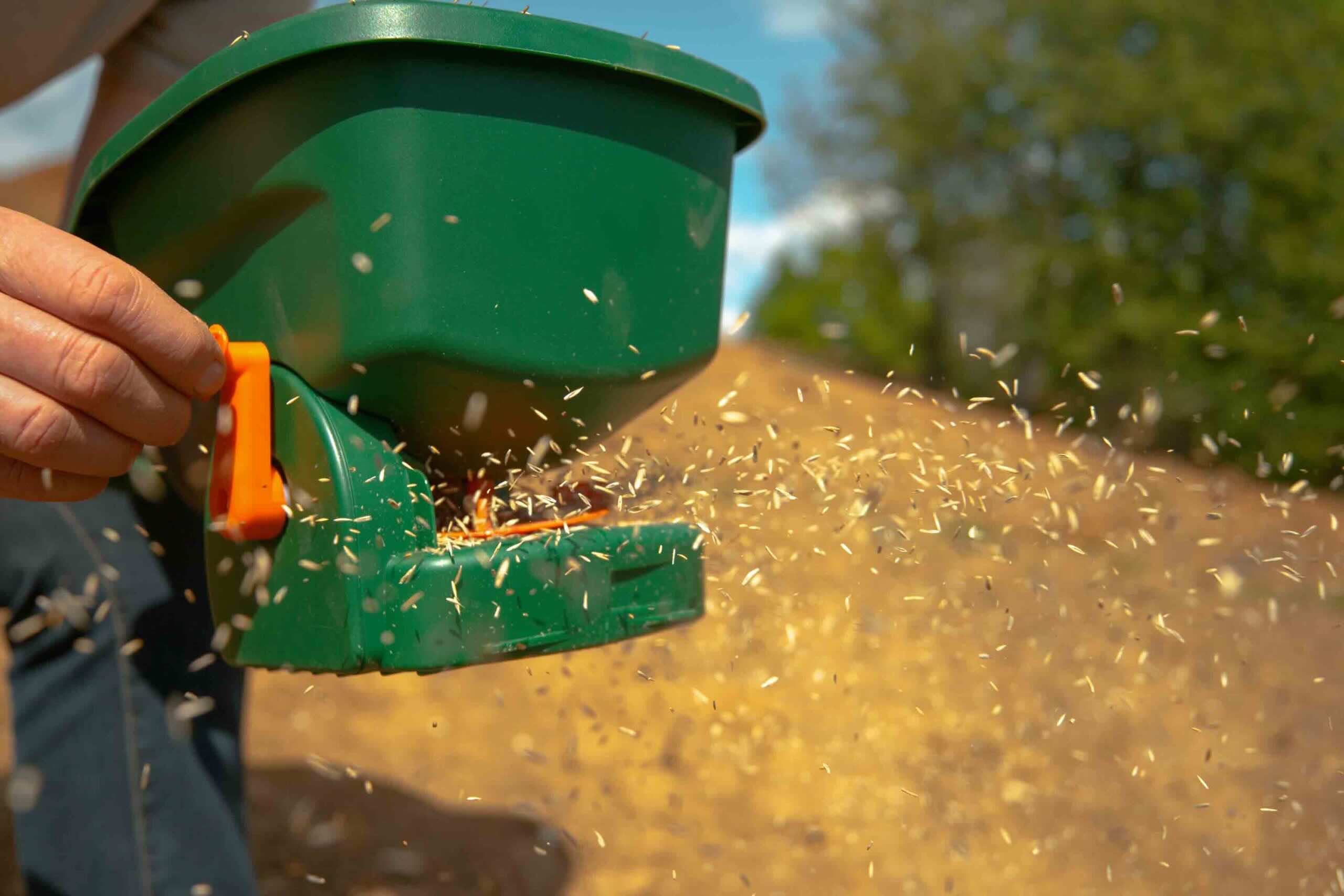

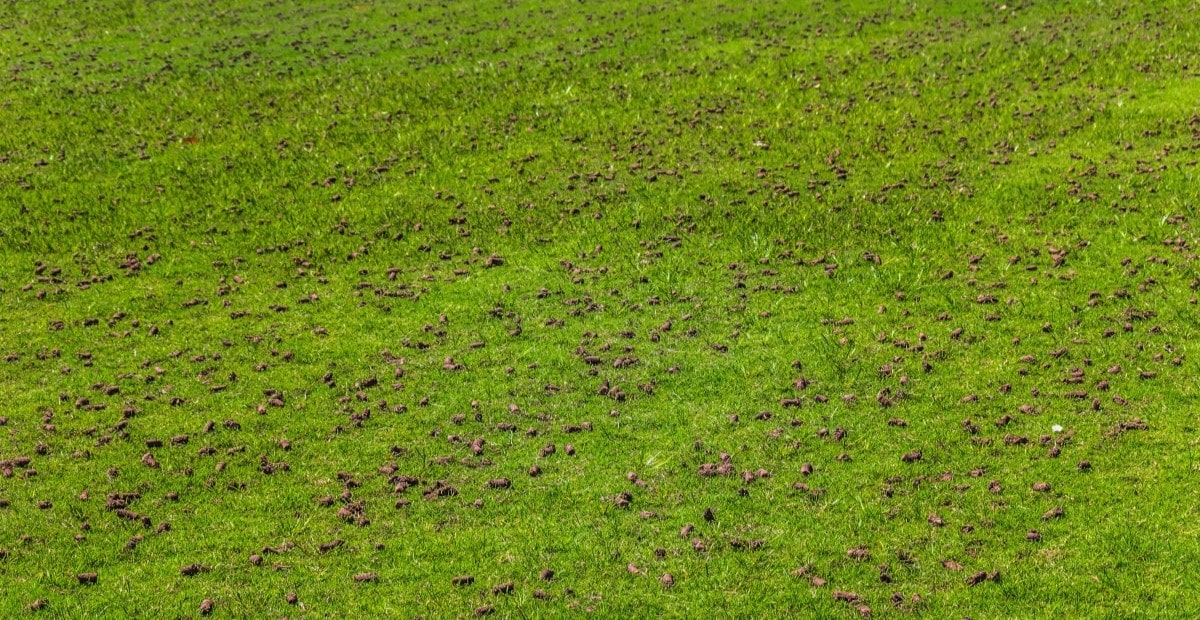
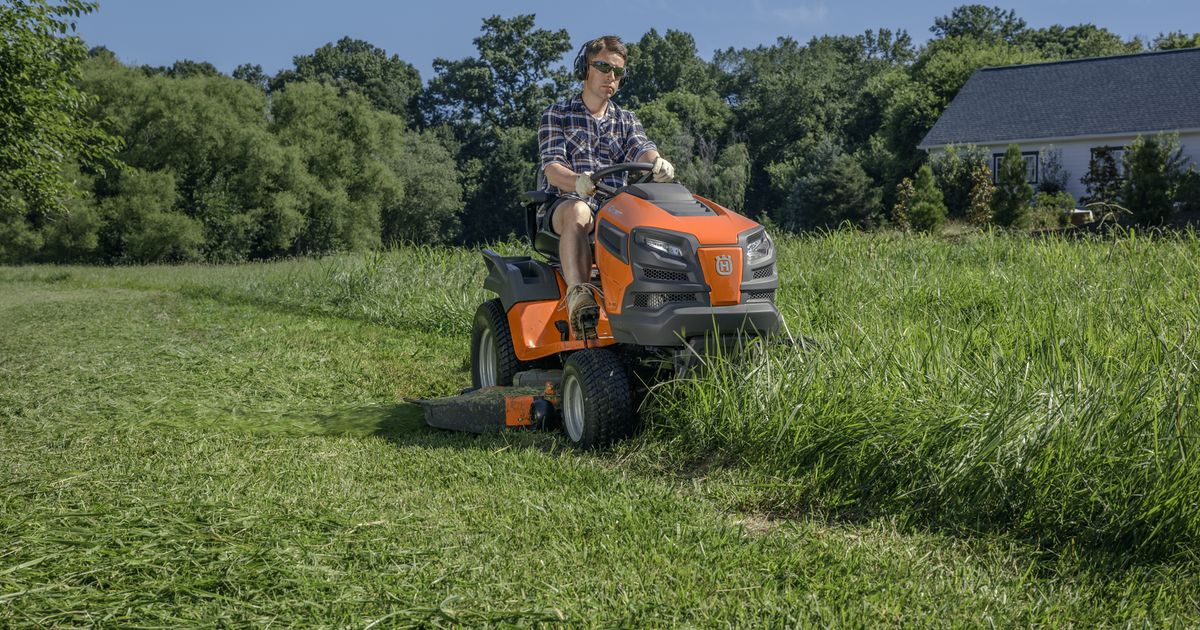
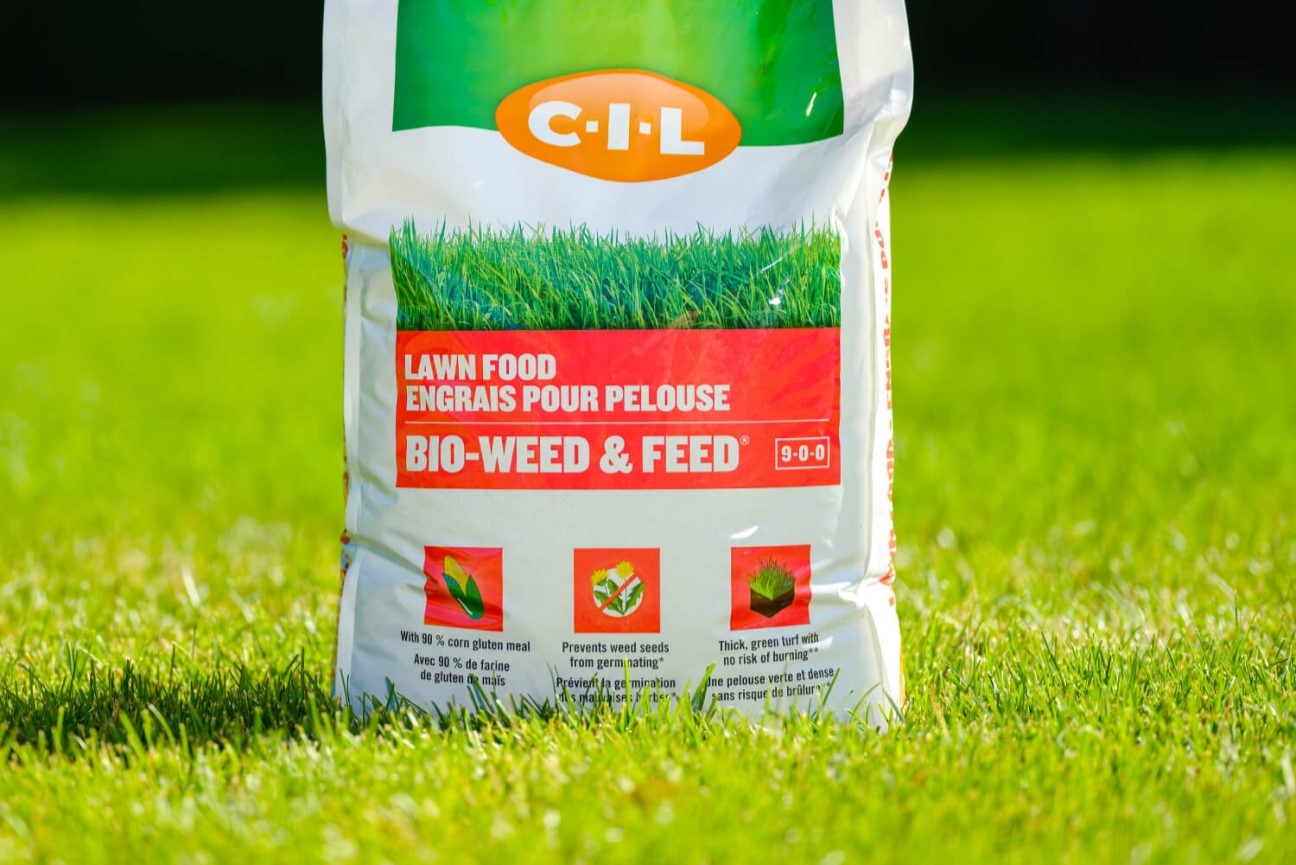
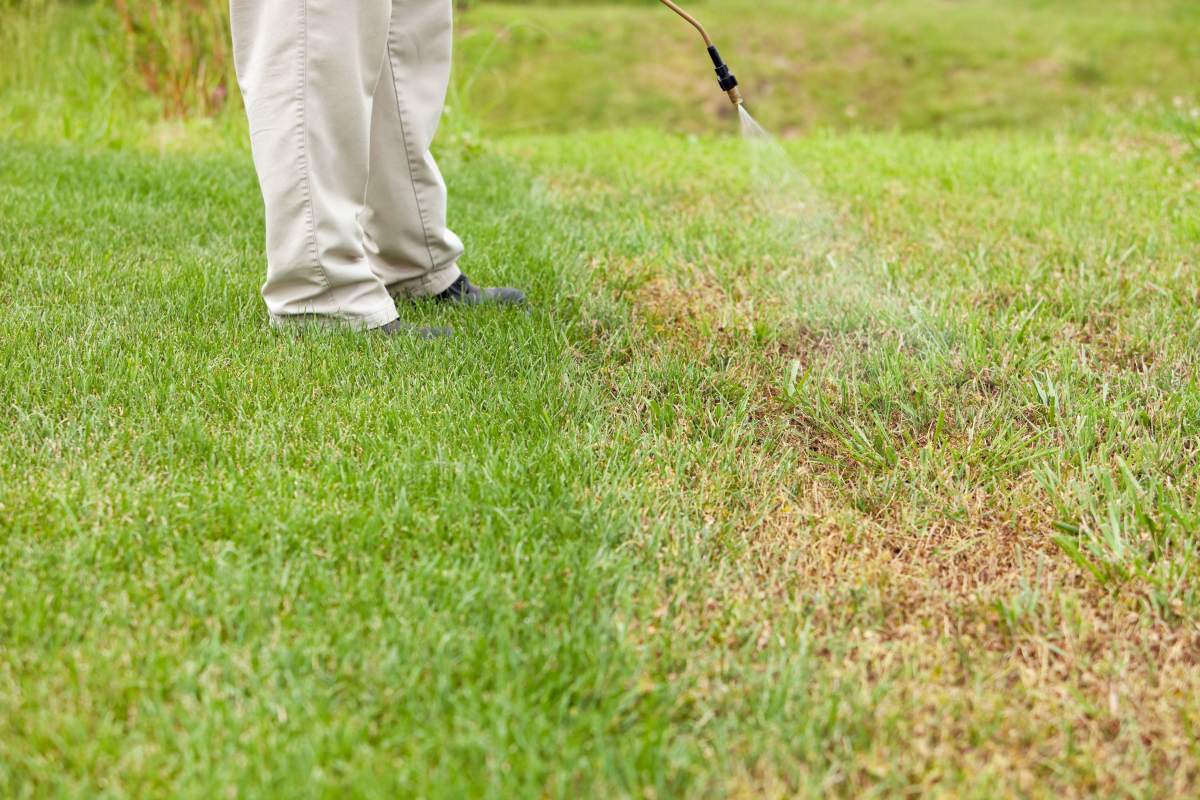
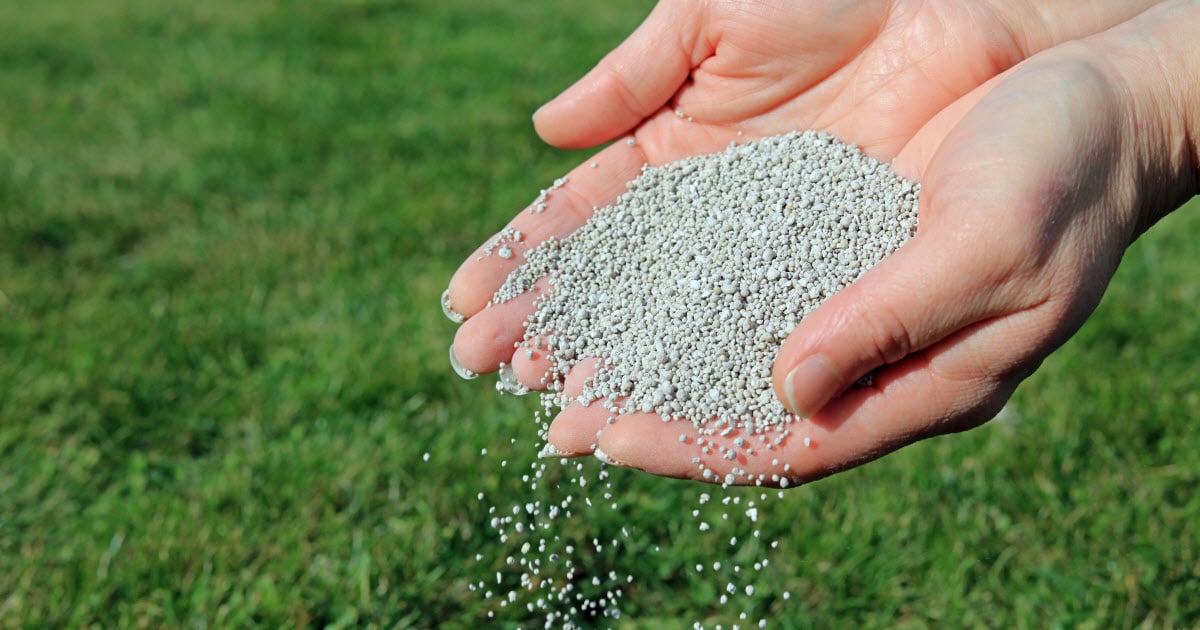

0 thoughts on “How Long After Fertilizing To Cut Grass”